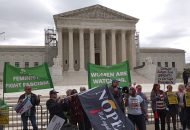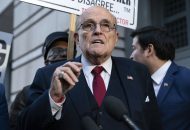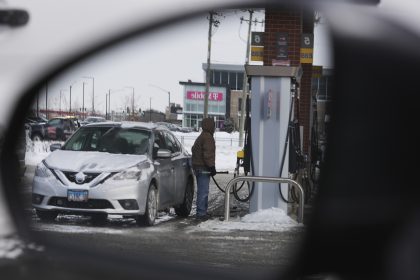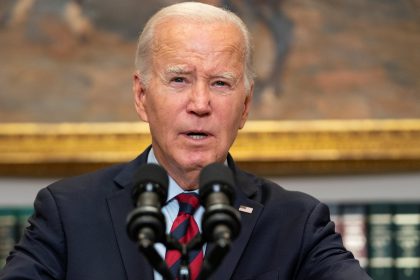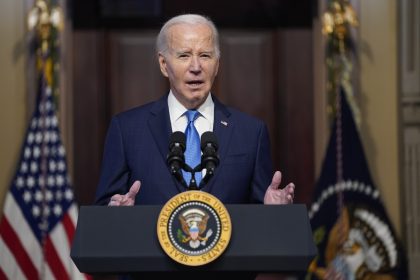The Irreversible Turmoil of the Government Shutdown

The government shutdown was a tremendous burden for America to bear. The number of federal workers that suffered during the 35-day long haul was 800,000.
Some 450,000 were required to come into work without pay. More than 42,000 United States Coast Guard members worked without seeing a paycheck. All other parts of the military fall under the Department of Defense except for the Coast Guard which is under Homeland Security. Private contract firms lost paychecks because they had projects with government agencies. The five-week shutdown triggered by the battle over Trump’s wall cost the economy $11 billion dollars, according to the nonpartisan Congressional Budget Office.
Although the damage to the economy will be lessened by the federal workers return to their jobs, the CBO estimated $3 billion in economic activity is gone after a quarter of the government was closed for 35 days. The report said that the shutdown had “much more significant effects on individual businesses and workers” than the overall economy. “Among those who experienced the largest and most direct negative effects are federal workers who faced delayed compensation and private-sector entities that lost business,” the report reads. “Some of those private-sector entities will never recoup that lost income.”
The shutdown ended January 25, after President Trump agreed to sign a short-term spending bill that will allow the government to remain open until February 15. The bill contains no funding for the border wall but allows Congress time to figure out a deal. If no deal is reached, then Trump could decide to either shut down the government for a second time or declare a national emergency on the southern border. Trump made the threat despite facing an angry mob of Democrats and Republicans over the recent shutdown. The next weeks are critical for lawmakers on both sides of the political spectrum to come an agreement to pacify the border security concerns and the Democrats that will not budge to fund Trump’s demands.
The stories of furloughed federal workers that flooded the news are slowly dying down, but economic insecurity plagues the mind of the American public. At least 44 percent of American households do not have enough savings to cover a $400 emergency expense and the bottom 20 percent of Americans have no savings at all. Americans are undersaving.
Moments of crisis reveal a truth that in this country about half of all people will receive government aid and in 2017, 40 million households were food insecure. The people most impacted by the shutdown were the American citizens who were unable to access Federal services and programs for five weeks. People whose Federally-backed loans were put on hold; service organizations and people whose grants were delayed; constituents with problems who could not receive a timely response; lower-income people in Federally financed housing whose leases and rental assistance expired. What’s getting lost in these conversations is that “real people” — citizens who receive services through the government via programs created to solve real problems that they face — were left helpless.










